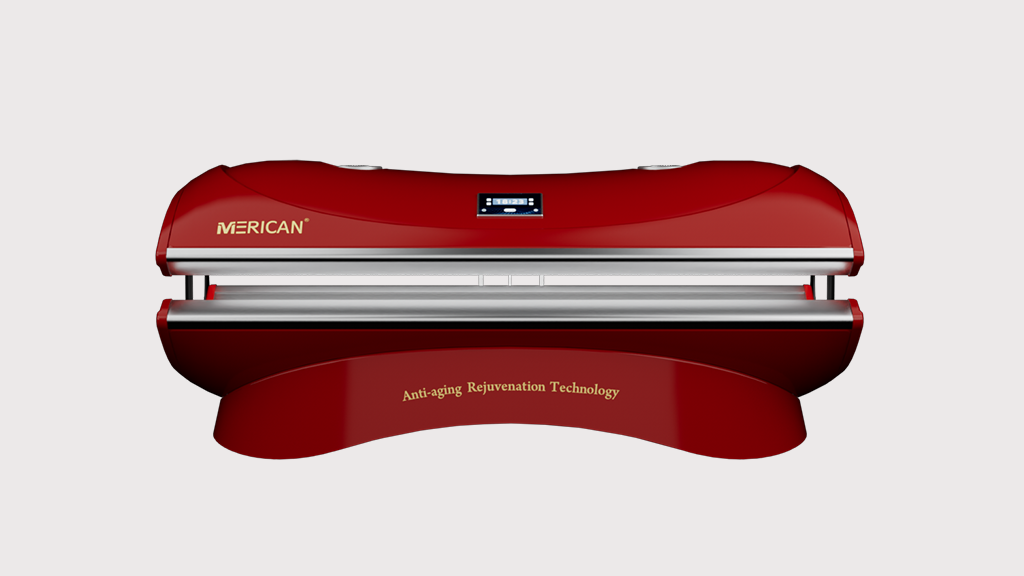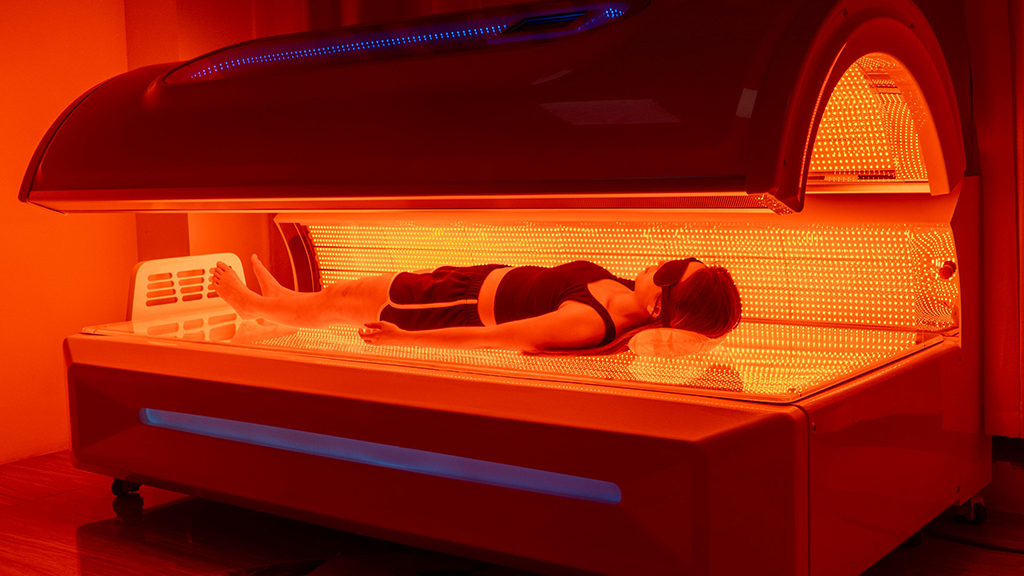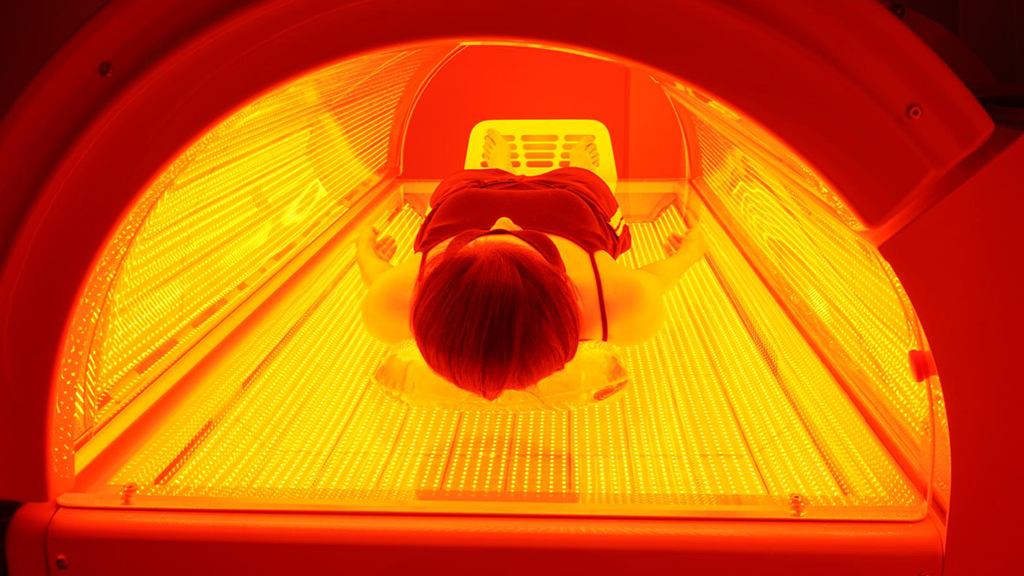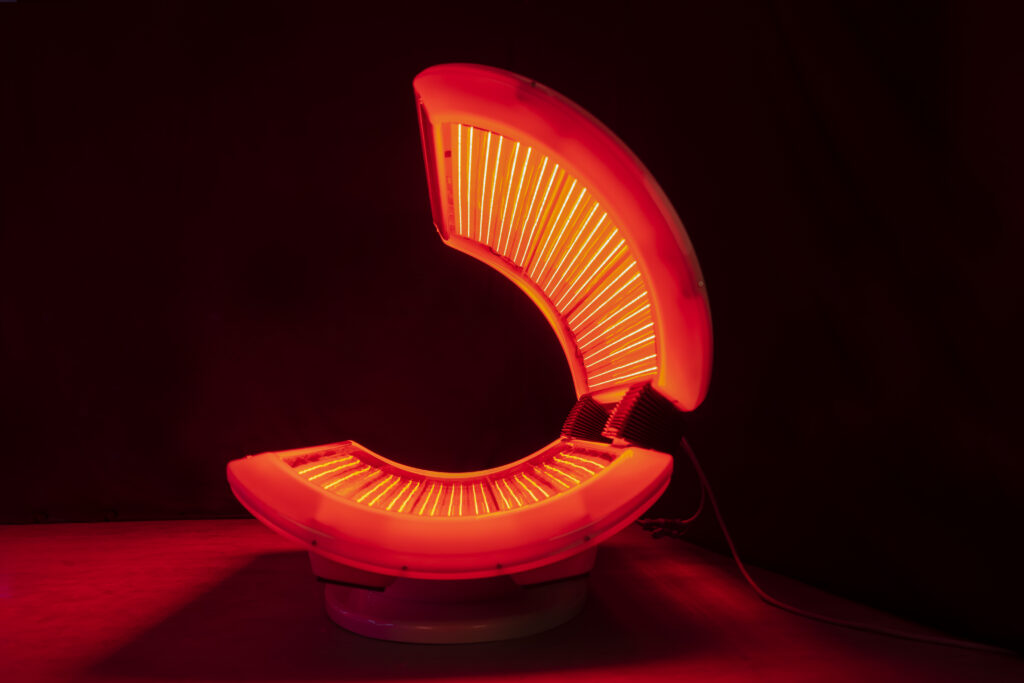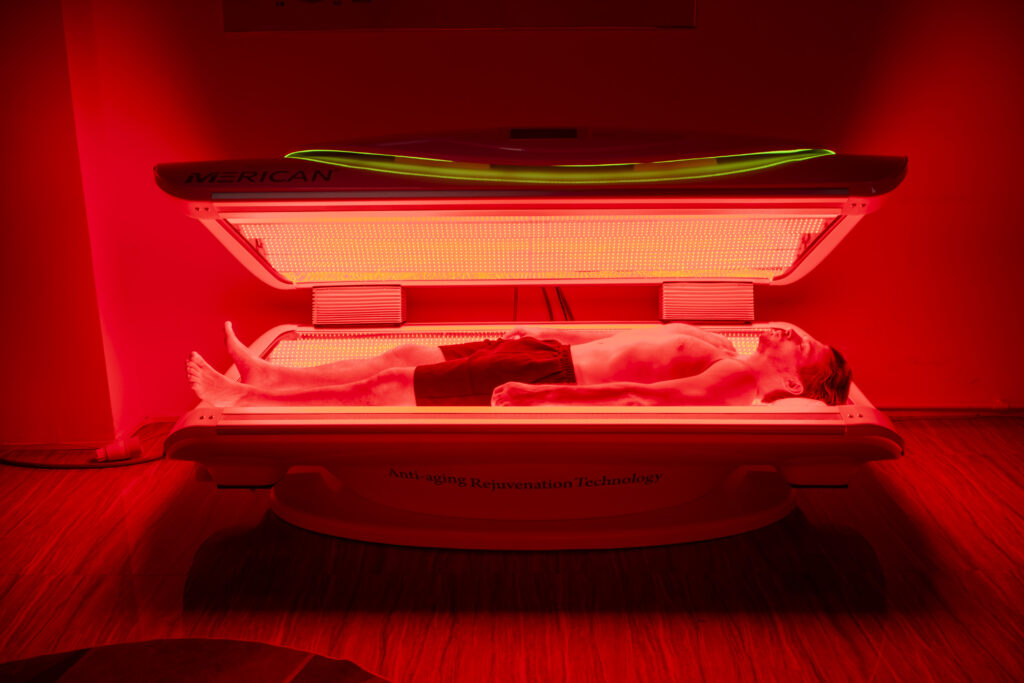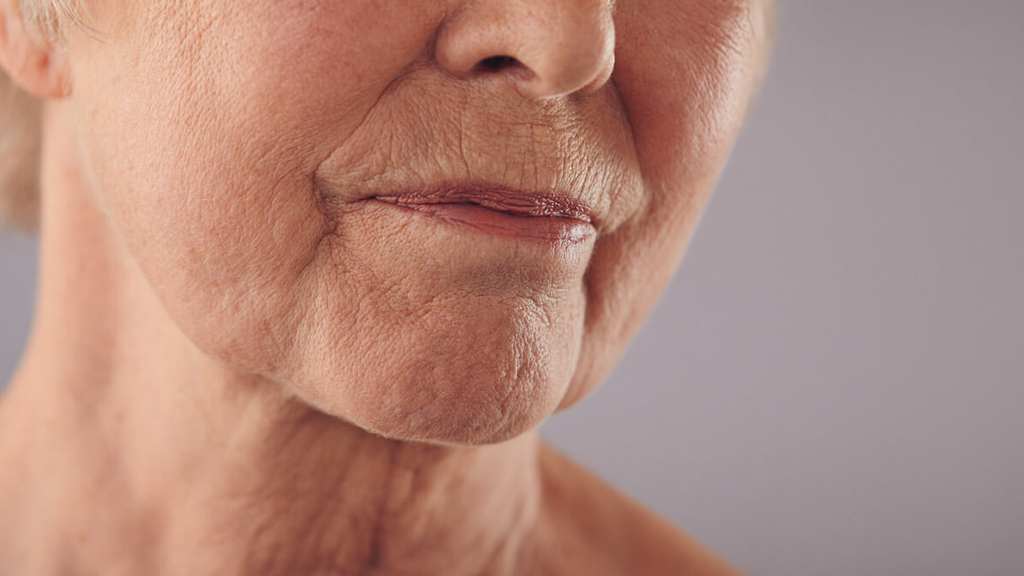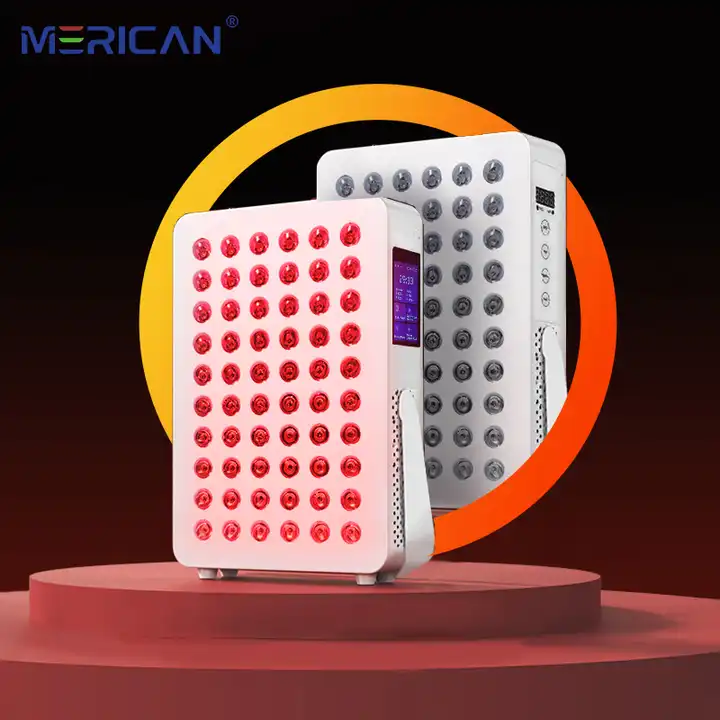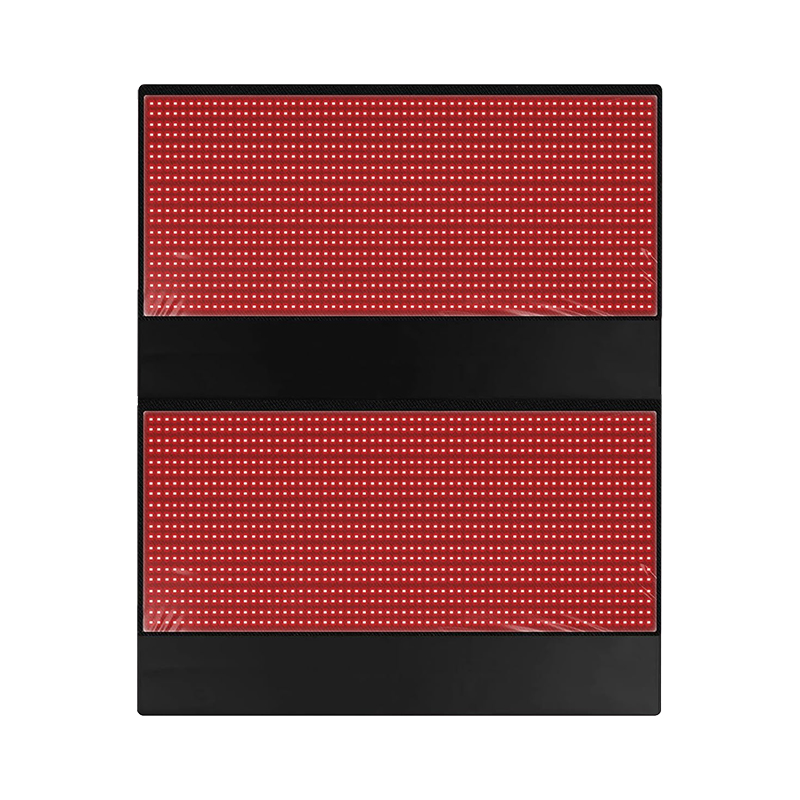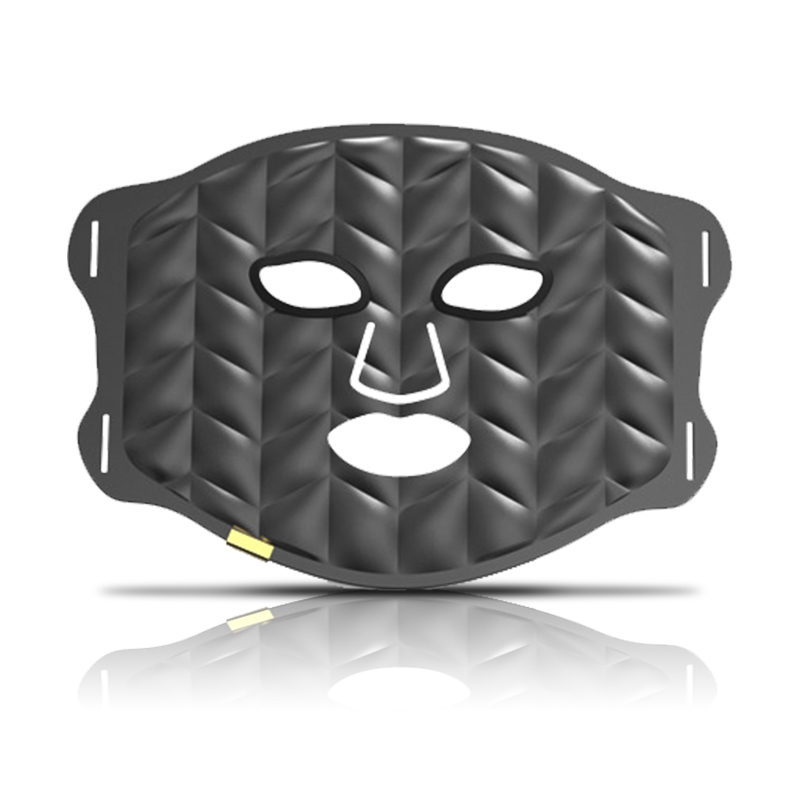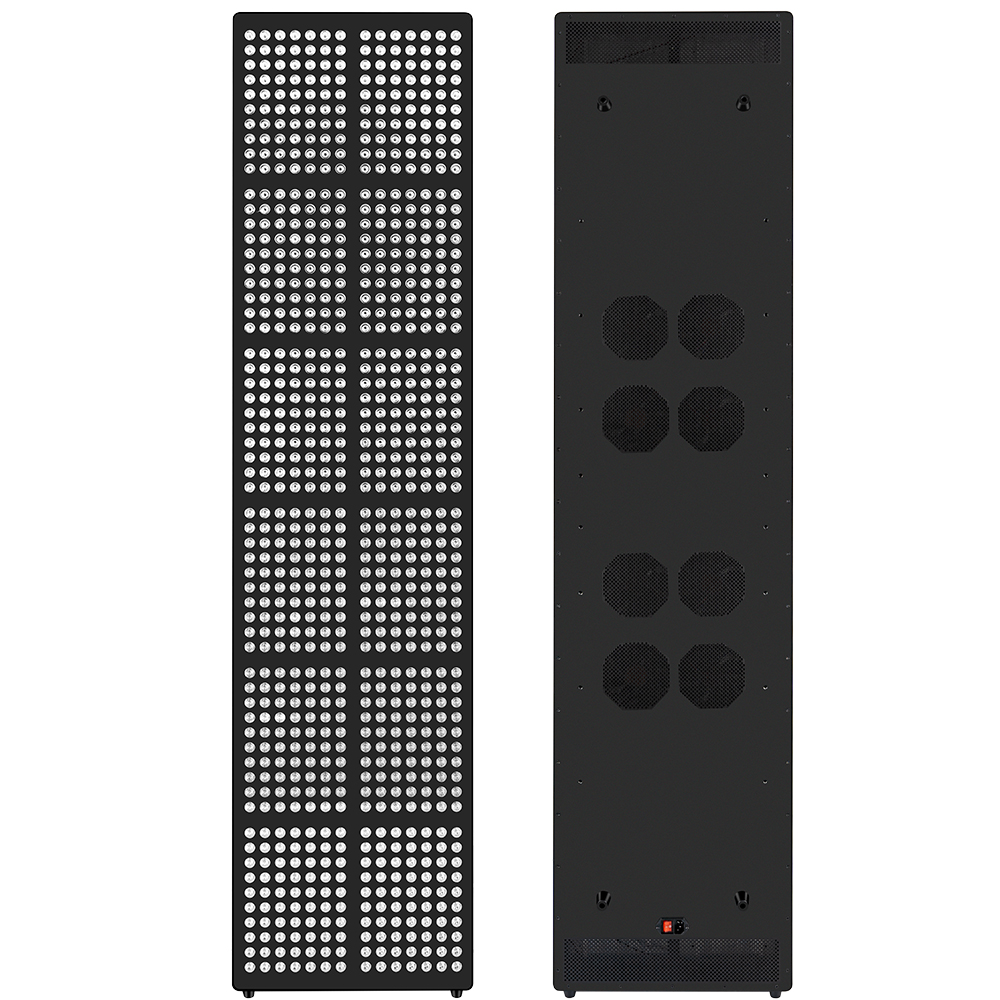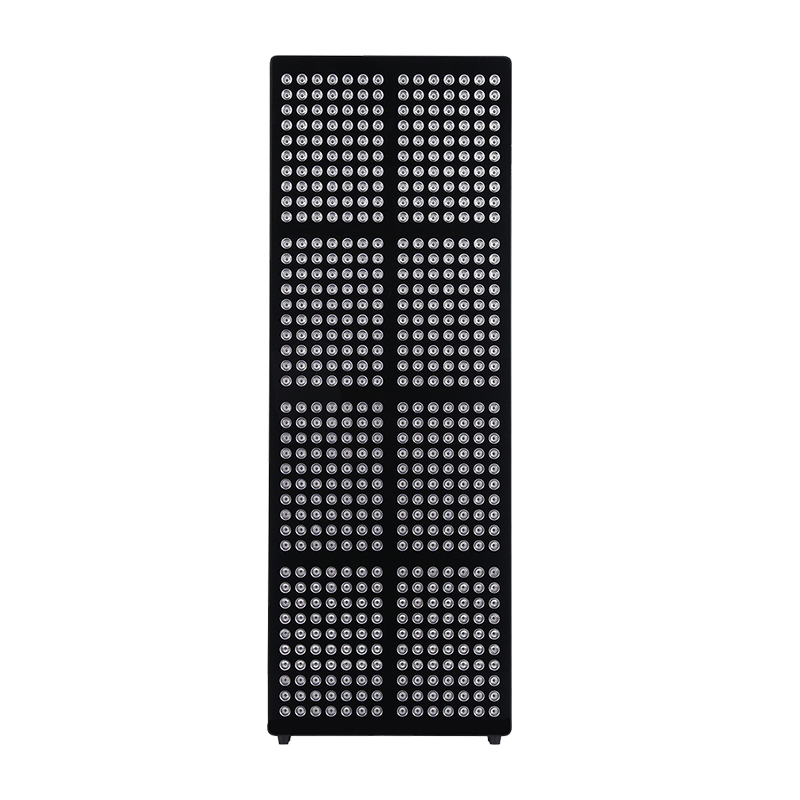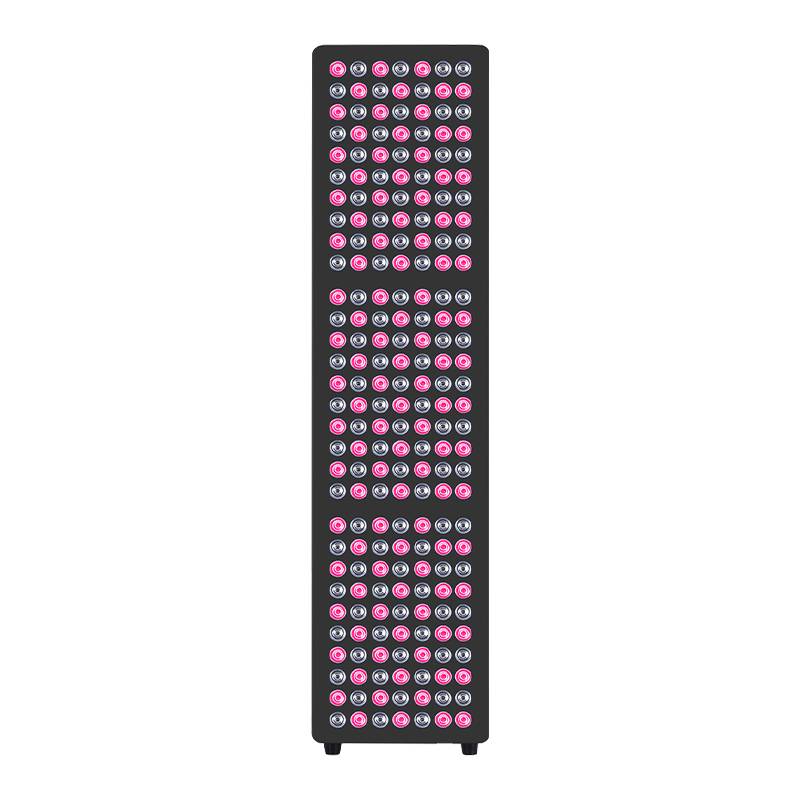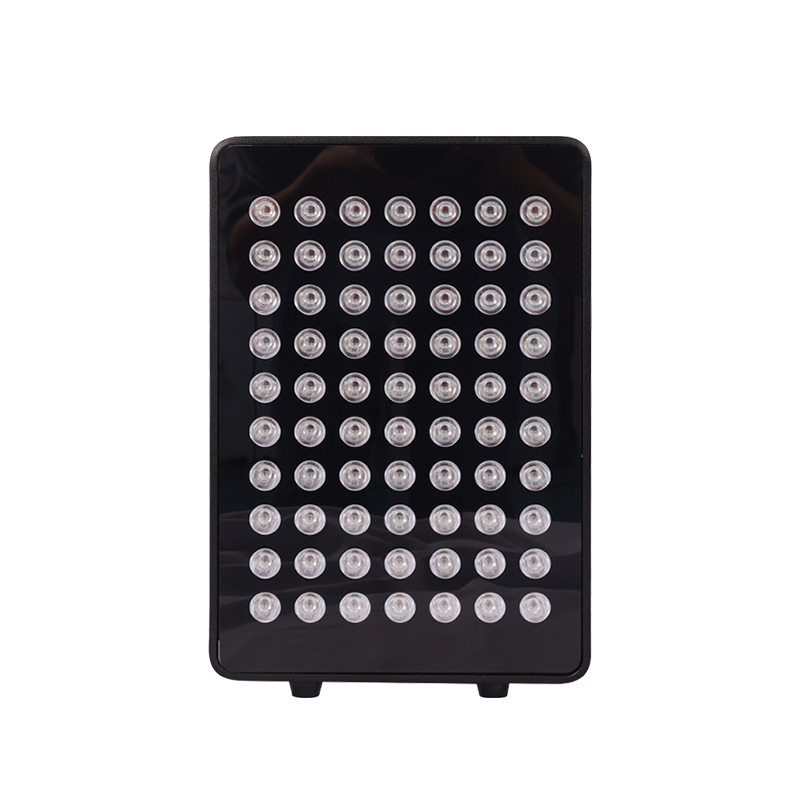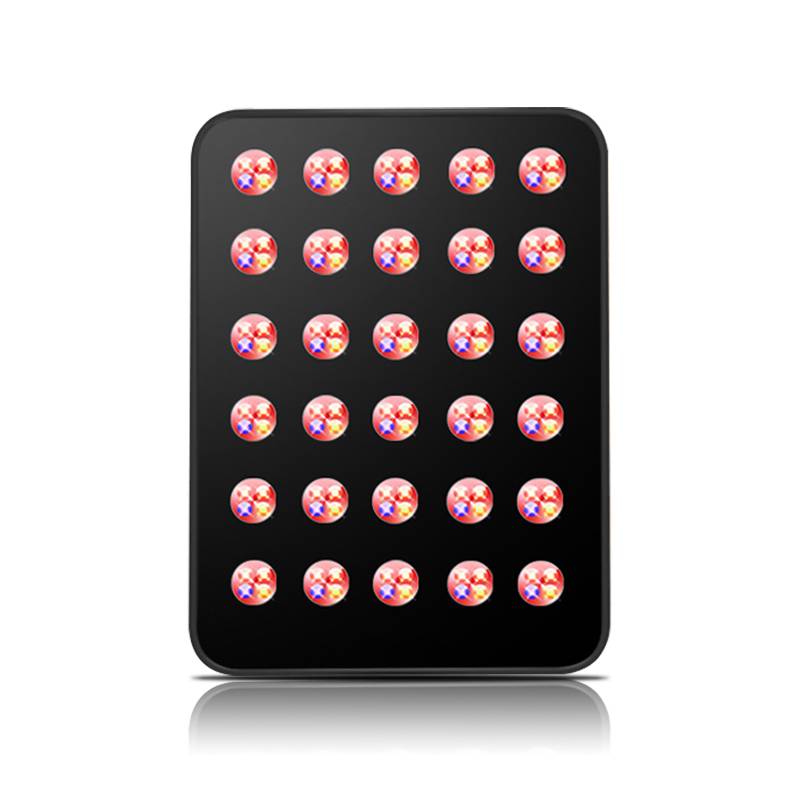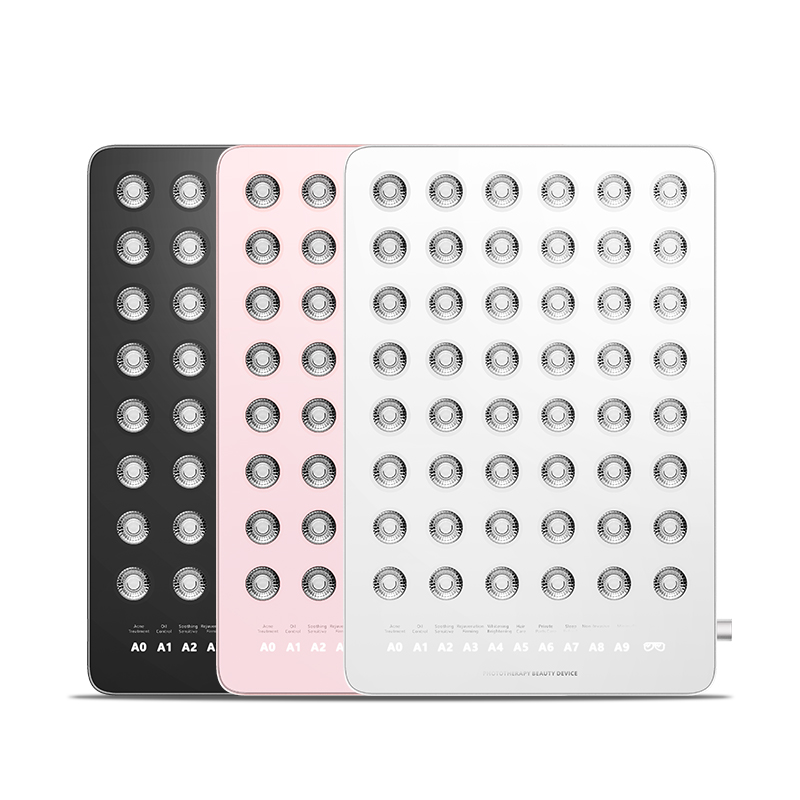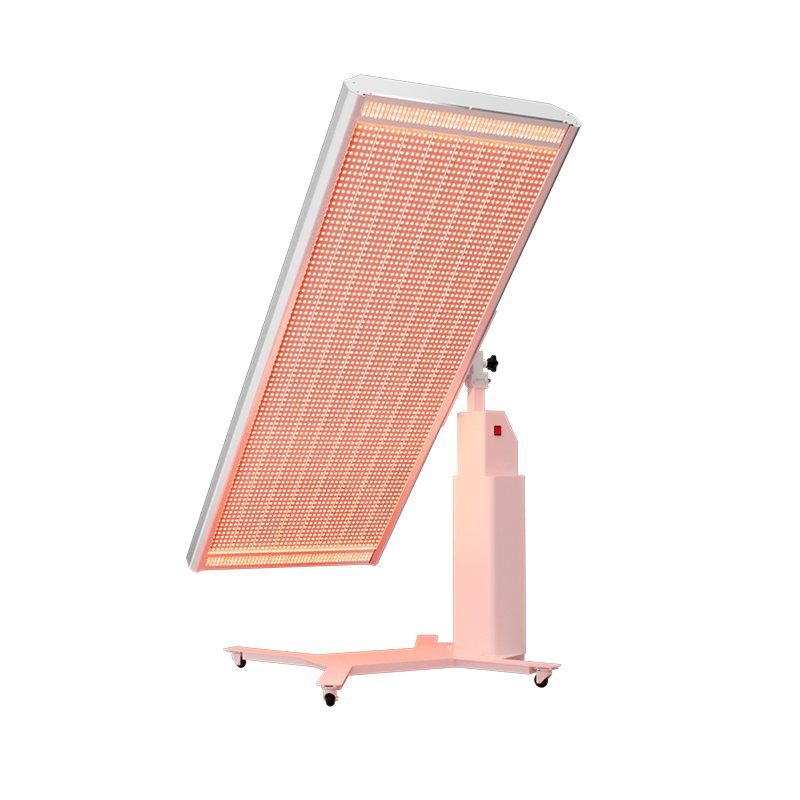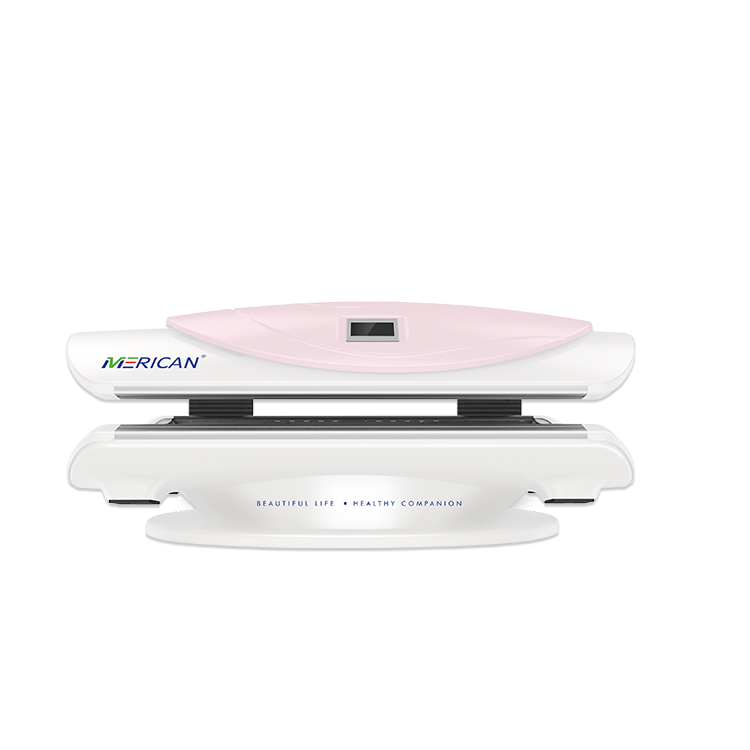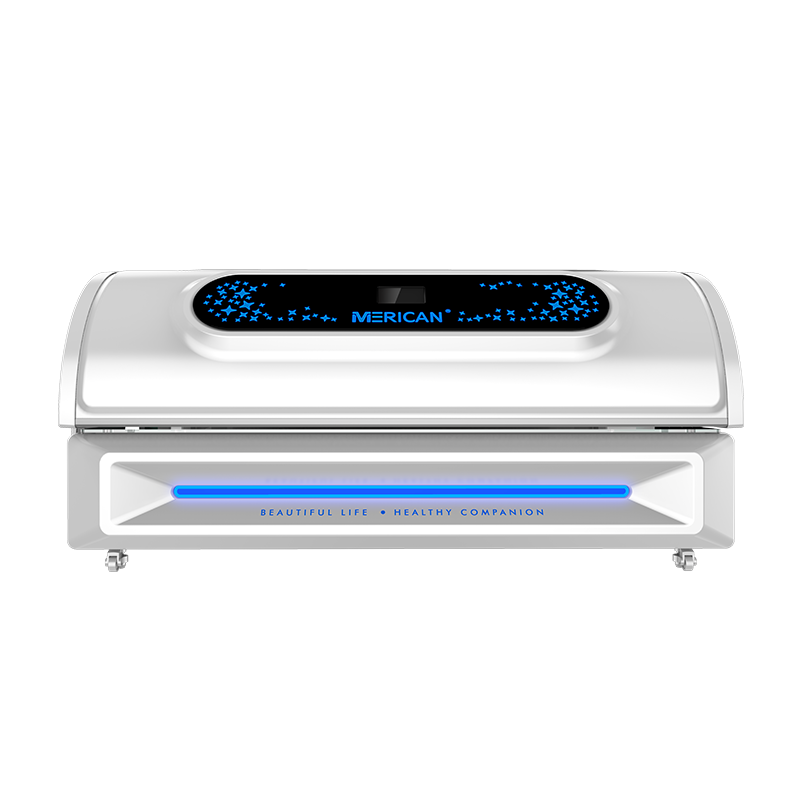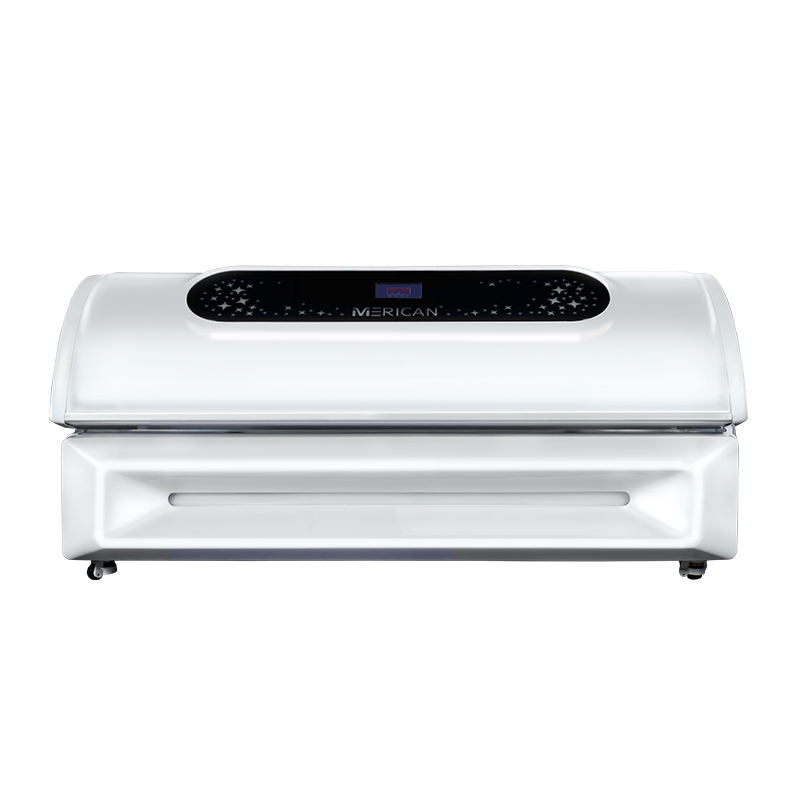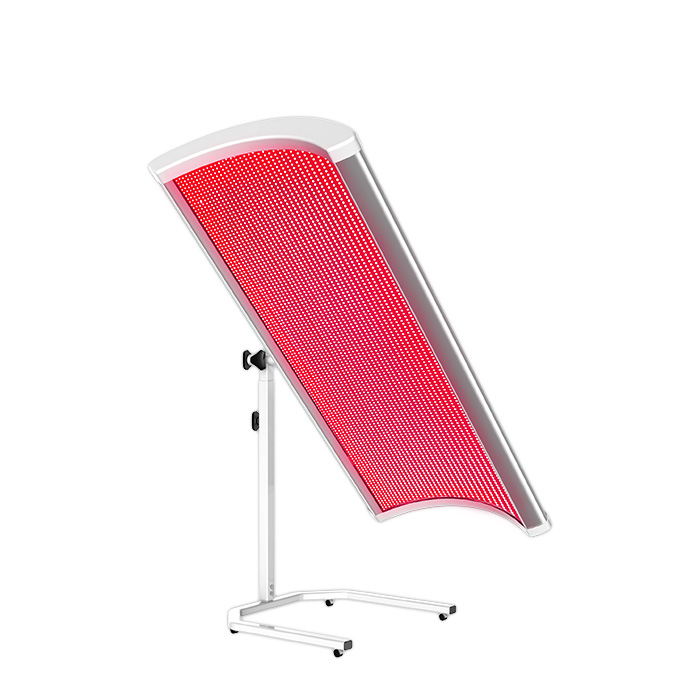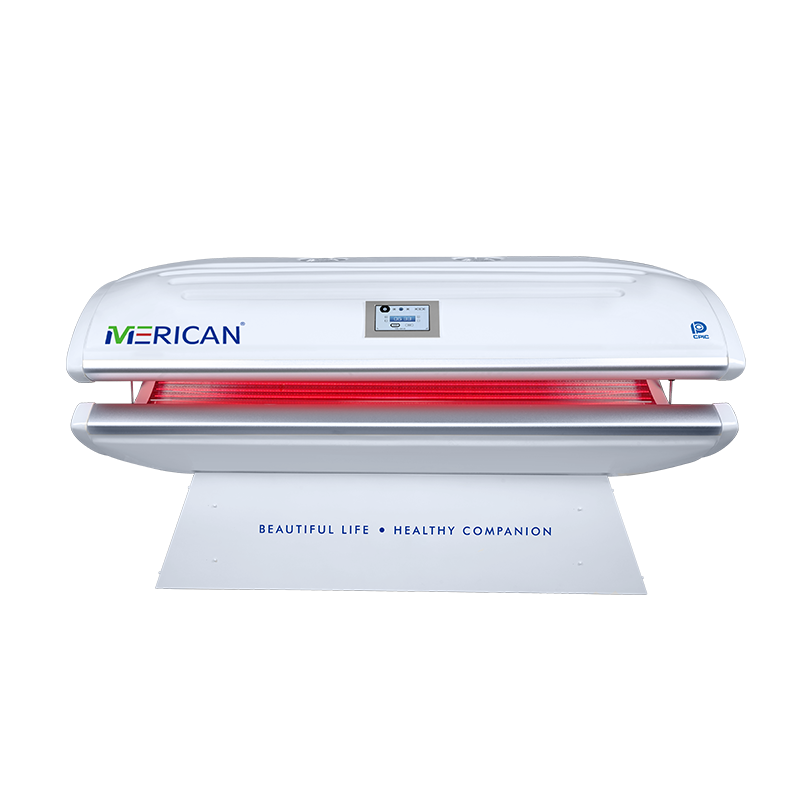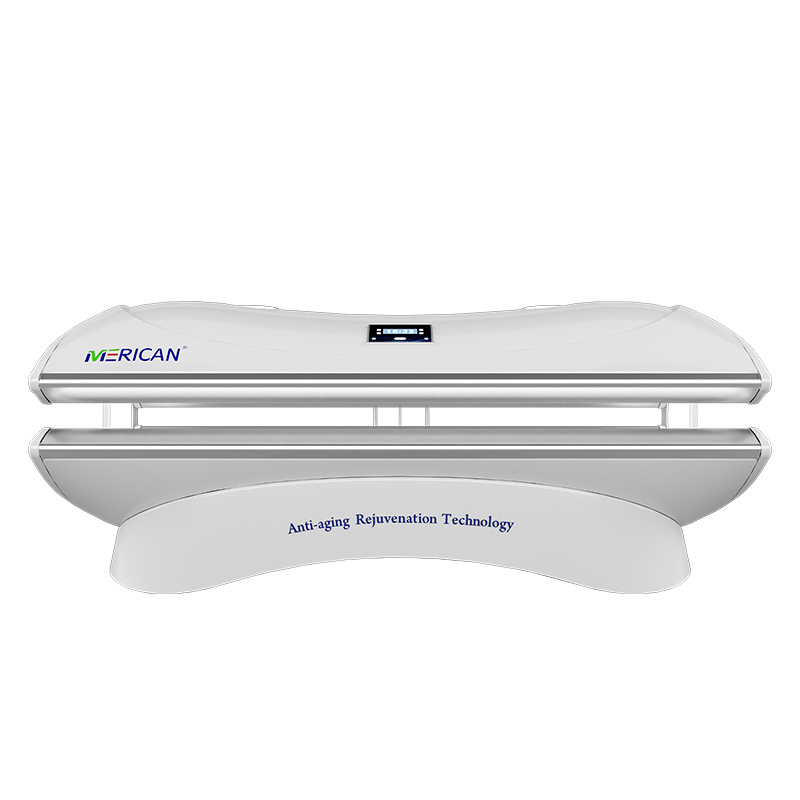Thérapie par la lumière rouge (RLT) a gagné en popularité pour ses bienfaits pour la santé et le bien-être, mais les idées fausses persistent. Abordons et démystifions certains mythes courants pour séparer les faits de la fiction..
Mythe 1: La thérapie par la lumière rouge n'est qu'un lit de bronzage sophistiqué
Vérité:
Le RLT et les lits de bronzage sont complètement différents. Alors que les lits de bronzage émettent des rayons UV qui peuvent endommager la peau et augmenter les risques de cancer, RLT utilise des longueurs d'onde de faible niveau de lumière rouge et proche infrarouge, qui n'endommagent pas la peau et ne favorisent pas le bronzage. RLT est non invasif et se concentre sur la réparation et la guérison cellulaires.
Mythe 2: La thérapie par la lumière rouge fournit des résultats immédiats
Vérité:
Alors que certains utilisateurs remarquent des améliorations mineures après les premières sessions, les avantages du RLT mettent généralement du temps et une utilisation cohérente à apparaître. Par exemple:
Les améliorations cutanées peuvent nécessiter plusieurs semaines de séances régulières.
Le soulagement de la douleur et la réduction de l'inflammation peuvent nécessiter quelques traitements pour devenir visibles.. La cohérence et la patience sont essentielles pour obtenir des résultats optimaux.
Mythe 3: Tous les appareils de thérapie par la lumière rouge sont identiques
Vérité:
Tous les appareils ne sont pas égaux. L’efficacité du RLT dépend de:
Longueurs d'onde: Les longueurs d'onde thérapeutiques varient généralement de 630 à 850 nm (nanomètres).
Alimentation de l'appareil: Une production d’énergie insuffisante peut limiter la pénétration et les avantages.
Qualité: Appareils fiables de marques de confiance, comme MERICAN, garantir des résultats sûrs et efficaces. Faible coût, les appareils non certifiés peuvent manquer de puissance ou de fonctionnalités de sécurité.
Mythe 4: La thérapie par la lumière rouge fonctionne pour tout le monde, Peu importe quoi
Vérité:
Bien que le RLT soit bénéfique pour de nombreuses personnes, les réponses individuelles varient en fonction de facteurs tels que le type de peau, conditions sous-jacentes, et mode de vie. Par exemple:
Le RLT peut être moins efficace pour les problèmes médicaux graves sans traitements complémentaires.
Les personnes souffrant de certaines sensibilités à la lumière ou de conditions telles que le lupus devraient consulter un médecin avant utilisation.. Ce n’est pas une solution universelle, mais il peut compléter efficacement de nombreuses routines de bien-être.
Mythe 5: Vous pouvez exagérer la thérapie par la lumière rouge
Vérité:
Contrairement à la lumière UV, RLT n'endommage pas la peau ou les tissus lorsqu'il est utilisé correctement. Cependant, plus n'est pas toujours mieux. Une utilisation excessive peut entraîner une diminution des rendements ou une légère irritation cutanée. Respectez les directives du fabricant pour connaître la durée et la fréquence optimales des séances..
Conclusion
La thérapie par la lumière rouge est sûre, efficace, et un traitement scientifique pour divers problèmes de santé et de beauté. En comprenant les faits et en démystifiant ces mythes, vous pouvez intégrer en toute confiance le RLT à votre routine de bien-être et maximiser ses bienfaits potentiels.

